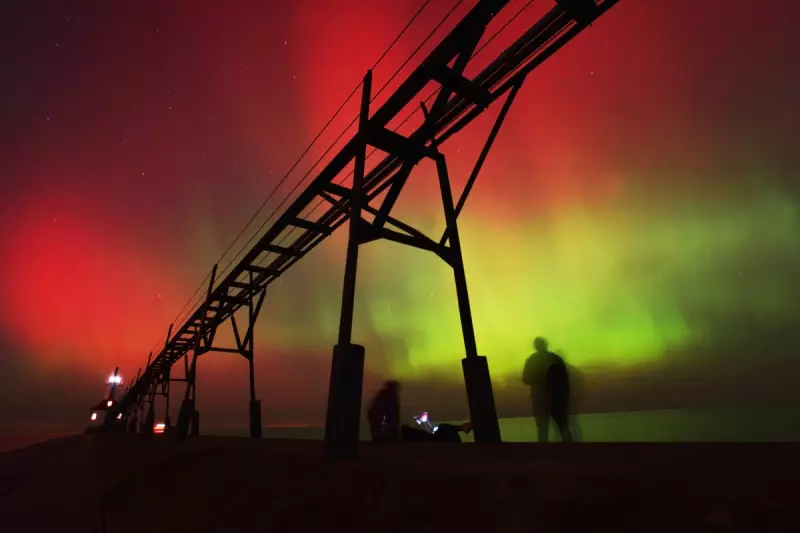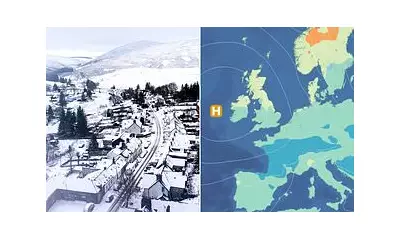
Skywatchers across northern latitudes are in for a spectacular treat this weekend as an extraordinary solar event promises to paint the night sky with the mesmerising colours of the Aurora Borealis.
The National Oceanic and Atmospheric Administration's Space Weather Prediction Centre has issued a geomagnetic storm watch, indicating that the Northern Lights could be visible much further south than usual, potentially reaching states like New York and Oregon.
Solar Fury Reaches Earth
The celestial display is being triggered by multiple coronal mass ejections (CMEs) - enormous explosions of plasma and magnetic field from the Sun's corona - that have been hurled toward Earth. These solar eruptions are expected to arrive between Friday and Sunday, creating ideal conditions for auroral displays.
"We're anticipating a strong geomagnetic storm," explained a NOAA space weather forecaster. "When these charged particles from the Sun interact with Earth's magnetic field, they create the stunning light shows we know as the Northern Lights."
Where and When to Watch
While the Aurora Borealis is typically confined to polar regions, this weekend's event could make it visible across much of the northern United States and possibly even parts of the UK under clear, dark skies.
The best viewing conditions will be:
- Areas away from city light pollution
- Clear, cloud-free nights
- Between late evening and early morning hours
- Looking toward the northern horizon
Space weather experts note that the intensity of geomagnetic storms can be unpredictable, but current models suggest this could be one of the more significant auroral events of the year.
Understanding Space Weather
Geomagnetic storms are measured on a five-level scale, with G1 being minor and G5 representing extreme conditions. The upcoming event is currently forecast as a G3-level storm, classified as "strong" and capable of pushing the auroral oval significantly equatorward.
While these storms create beautiful light displays, they can also affect power grids, satellite operations, and navigation systems, though NOAA assures that necessary monitoring and alerts are in place.
For astronomy enthusiasts and casual observers alike, this weekend offers a rare opportunity to witness one of nature's most magnificent displays without travelling to the Arctic Circle.





